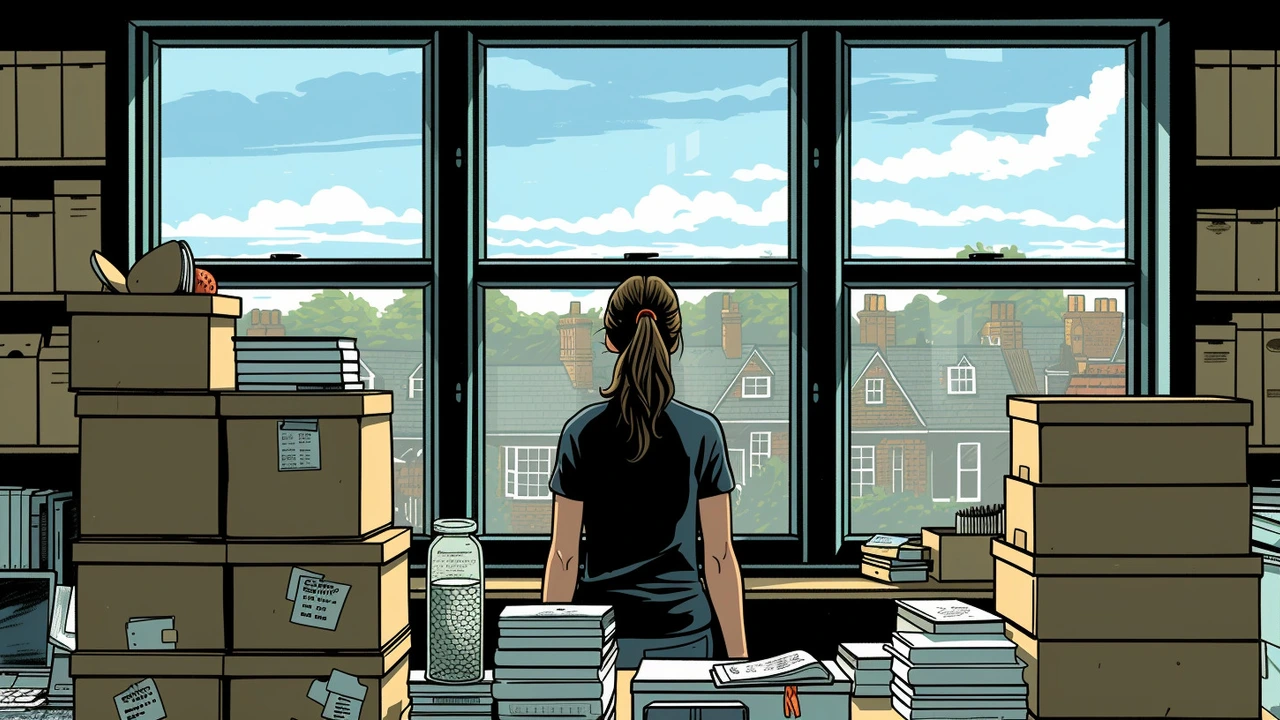As a guy who's walked this path, I can tell you first-hand, embracing minimalism can be transformative, especially when it comes to financial freedom. The beauty of simplifying your life is that it makes room for the things that truly matter, and more often than not, these aren't things you can buy. Through this post, you'll discover how minimalism is your secret weapon for financial independence. We’ll explore practical methods of adopting a minimalist lifestyle and how it impacts personal finance positively. Join me in this exciting journey towards a clutter-free life and financial freedom.
Minimalist Lifestyle: Make Your Home Work, Not Your Stuff
Most people think minimalism means empty rooms and cold spaces. That’s not true. Minimalist lifestyle is about keeping what matters, arranging it so your home feels calm and useful, and cutting friction from daily life. This guide gives concrete, actionable steps you can use right now—no extremes, no guilt.
Start with function, not looks
Ask one simple question: what do I use every day? Focus on those items. If a chair, lamp, or table makes routines easier, it stays. If an object sits unused for months, it’s a candidate for removal. Think in terms of tasks—cook, sleep, work, relax—and design spaces around those tasks. That approach mirrors how Bauhaus and International Style designers stripped decoration to boost usefulness.
Measure your space before buying. A too-big sofa kills flow. Choose multi-use pieces: ottomans that store blankets, nested tables, or a bed with drawers. These choices reduce clutter without shrinking your lifestyle.
Declutter with rules you’ll follow
Use short, strict rules so decisions don’t drag. Try the 30/30 rule: if you haven’t used something in 30 days, consider donating it; if you can replace it for under $30 easily, toss it. Keep a 5-item essentials box for each room—things that must stay. When you finish a round of decluttering, re-evaluate what you donated after 3 months. If you missed it, great. If you want it back, buy it intentionally.
Sort items into keep, donate, recycle, and sell. Do one small area at a time: a drawer, then a shelf. Small wins keep momentum.
Color and material matter. Stick to a narrow palette—two neutrals and one accent color—to make rooms feel larger and calmer. Natural materials like wood, stone, and linen add warmth without visual noise. This is how minimalism borrows comfort from traditional styles while keeping a clean look.
Lighting transforms space. Prioritize layers: task lighting for work, softer lamps for evenings, and bright overheads for cleaning or projects. Good lighting reduces the need for decorative clutter.
Storage is the unsung hero. Built-in shelves, hidden drawers, and vertical storage free up floors. Keep everyday items visible but neat—baskets, trays, and labeled boxes keep surfaces tidy and decision-making fast.
Finally, build habits. Spend five minutes each night returning items to their home. Do a 10-minute weekend sweep of high-traffic areas. These tiny routines prevent clutter from coming back and make living minimal feel effortless.
Minimalist lifestyle isn't about perfection. It’s about choices that save time, reduce stress, and make your space work harder for you. Try one tip this week: measure before you buy, clear one drawer, or add a storage solution. You'll notice the difference fast.

